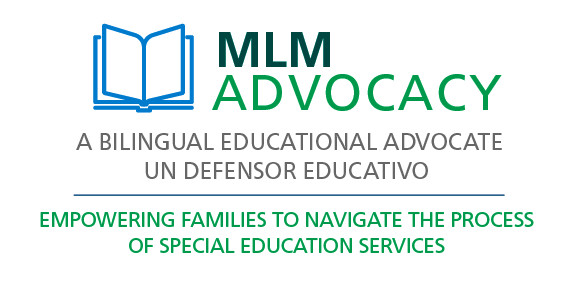
Here’s How Students with Disabilities and Their Parents Adjusted to Remote Learning
When remote learning first began, four families shared how their students with disabilities dealt with unique challenges to the new learning format. Now, school reopenings bring new ones.
Get kid-friendly activities sent to you!
Get the Best Family Activities
Jordan described the hardest part of the transition as watching her twins grow more isolated because of social distancing—and that, coupled with her job supporting other families with kids with special needs, made managing her mental health difficult. Jordan’s husband is a first responder and was living in a different space to minimize coronavirus risk for the family this past spring. Paola was often up until 2am or 3am finishing her work after taking care of the kids.
“It’s hard for me to convey the worriedness that I have being the only provider for my [children], where I don’t have a support system. It’s just me,” Jordan said. “It’s the extra planning, I have to be extra careful. It’s extra work, it’s extra cleaning. It’s exhausting. I don’t know what’s going to happen in the future.”
Jordan has coped with mental health challenges throughout her life; this added to the challenge. Golberg, who has lived with depression and anxiety for years, described the loneliness she felt this spring because her partner had to work long hours and couldn’t be present to help her help Sam, through no fault of his own. Goldberg had difficulty sleeping and falling asleep; the worry could be all-consuming.
“It’s been tough on the marriage and relationship. My husband works all the time,” she said. “So he’s here, but he’s really not accessible to me or Sam. And something about that is very wearing. To know someone is there visibly, but not being able to rely on them.”
Sometimes, the Kids Were Alright
While it took Thomas and Maya a little while to adjust to remote learning, and there were definite drawbacks, both of Jordan’s kids said there are unexpected benefits to not being in a physical classroom. Thomas preferred remote learning because he had the time to complete his assignments instead of being confined to a 45-minute class period.
“[English language arts] used to be really complicated for me, but now I have time to complete all the assignments in the way my teachers expect. That’s how I’m getting way better grades,” he said.
RELATED: Where to Find the Best Creative Writing Prompts for Kids
Thomas was satisfied with video calling and playing games with his friends. But while Maya enjoyed working on her own schedule, she missed 1-on-1 time with her teachers and live lessons, she said. Jordan described Maya as “a kid who never wants to miss school,” who “puts a lot of pressure on herself to perform.”
“It’d be a lot easier and a lot quicker if I could just do [my work] with a teacher,” Maya said. “I managed to bring my grades back up pretty well. When I first got used to remote learning everything was really confusing and new, but I’ve gotten used to it.”
Jordan watched Maya attend Social Development Intervention speech therapy sessions with her peers for several weeks, which was eye-opening.
“My daughter is able to elaborate and articulate a little bit more her personal life and who she is as a person outside of school,” Jordan said. “Now that I’m able to see the therapy in action, I’m seeing the promise.”
What We Know About School Reopenings
New York City schools will not begin to open for a full blended learning program until Sept. 21 (and many schools will open for blended learning Sept. 29 or Oct. 1), so educators have more time to prepare for the year ahead. As of Sept. 14, 55 NYC school staff members have tested positive for coronavirus. New York State has created a dashboard to track cases in all schools. The NYC Department of Education has released a plan to follow should a school experience an outbreak.
District 75 schools will offer in-person instruction for all students and follow 1 of 2 models; some students will receive in-person instruction daily depending on need. The DOE says students with IEPs will receive in-person instruction as much as possible. The city is waiting to see what happens next.
Even back in May, the future was parents’ biggest concern.
Decker wondered how her son will cope with going back to school. McKnight was unsure of how far her son would fall behind in a remote-learning setting, and exhausted by the demands placed on her to be an educator, employee, and parent. Goldberg watched Sam’s anxiety skyrocket and didn’t see a plausible way of returning to school, returning to anything. She has her finger on the pulse of the parent community around her, where fear was omnipresent too.
“People are petrified of the idea of [going back to] school and day programs,” she said. “People are more petrified at the idea of not having those.”
Jordan said she and her family are taking things one day at a time, and she put things into perspective by practicing gratitude—at least she and the kids are healthy. She found solace in walking up and down the flights of stairs in her apartment building with the kids. Up and down, up and down, up and down, twice a week. Jordan timed their trips. As of May, they were getting faster.






